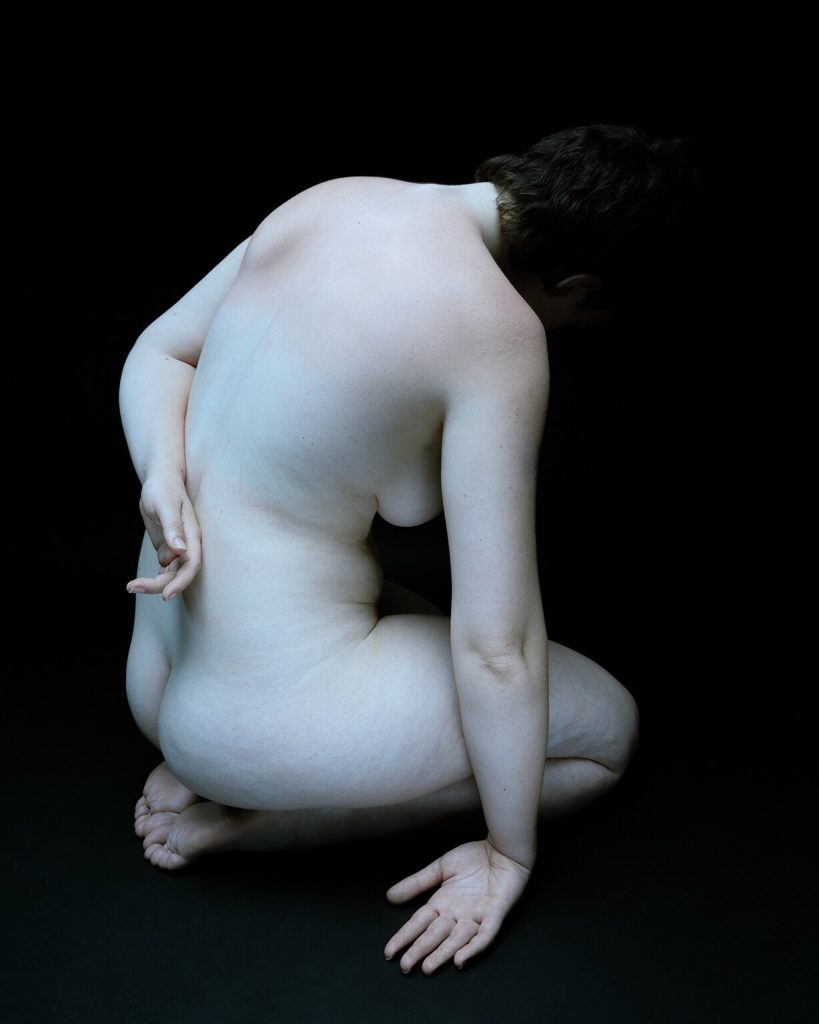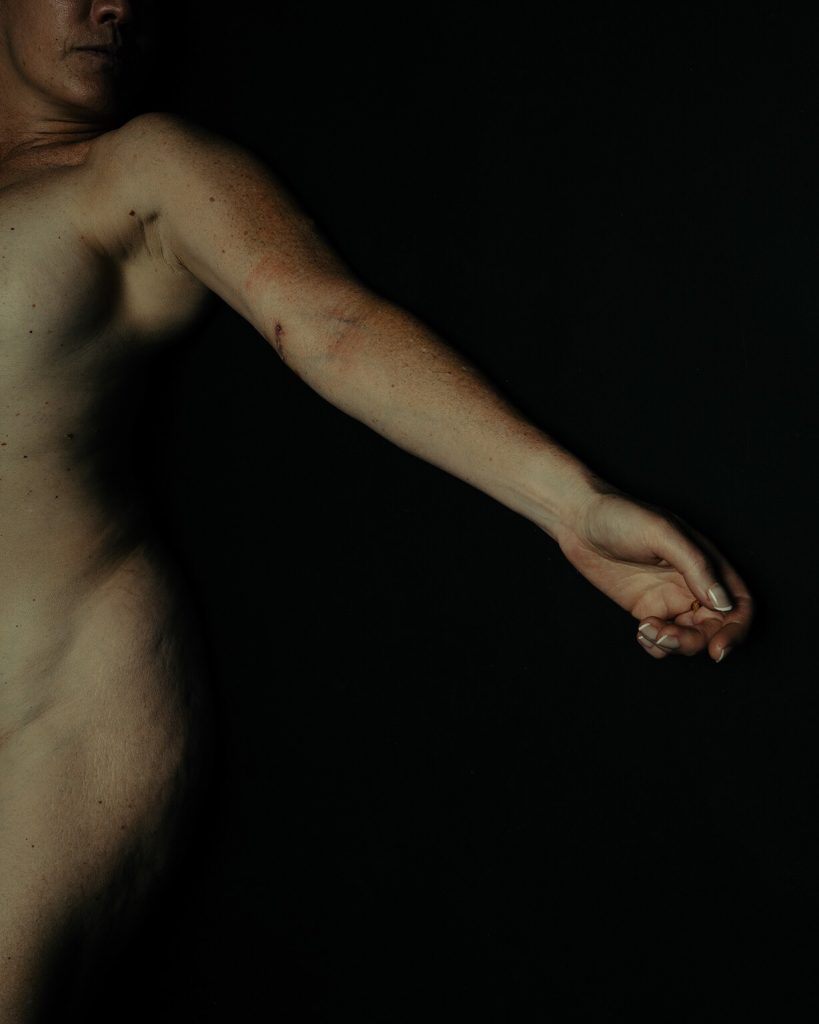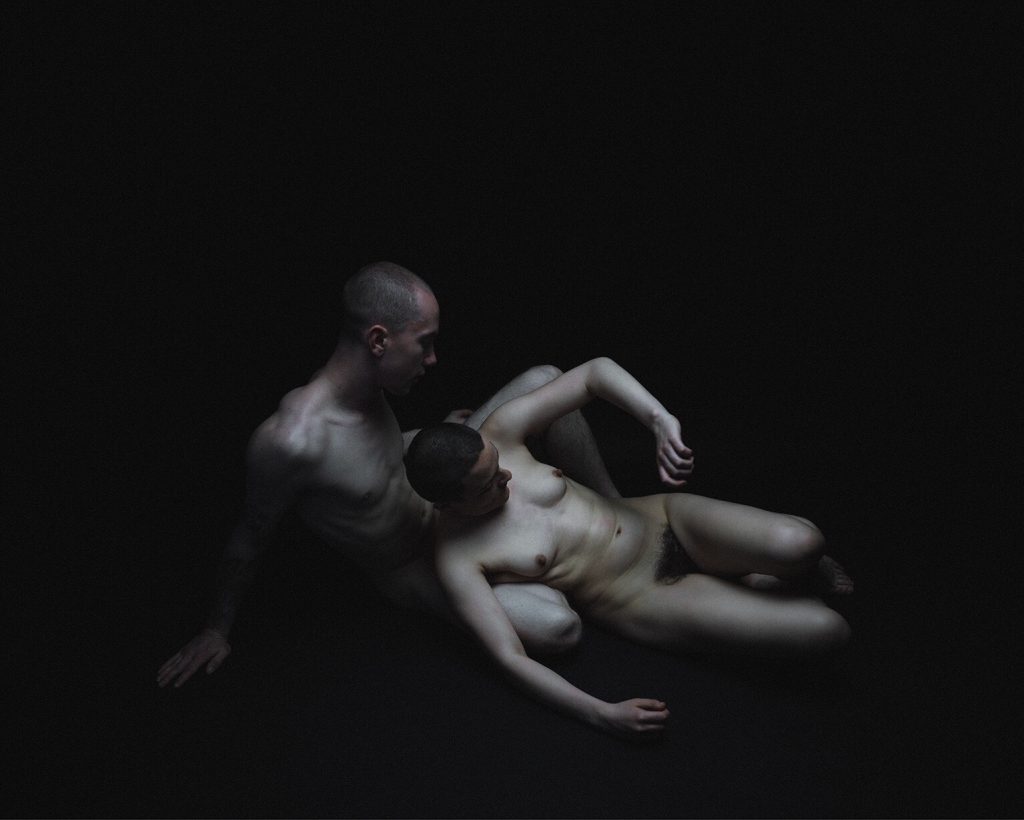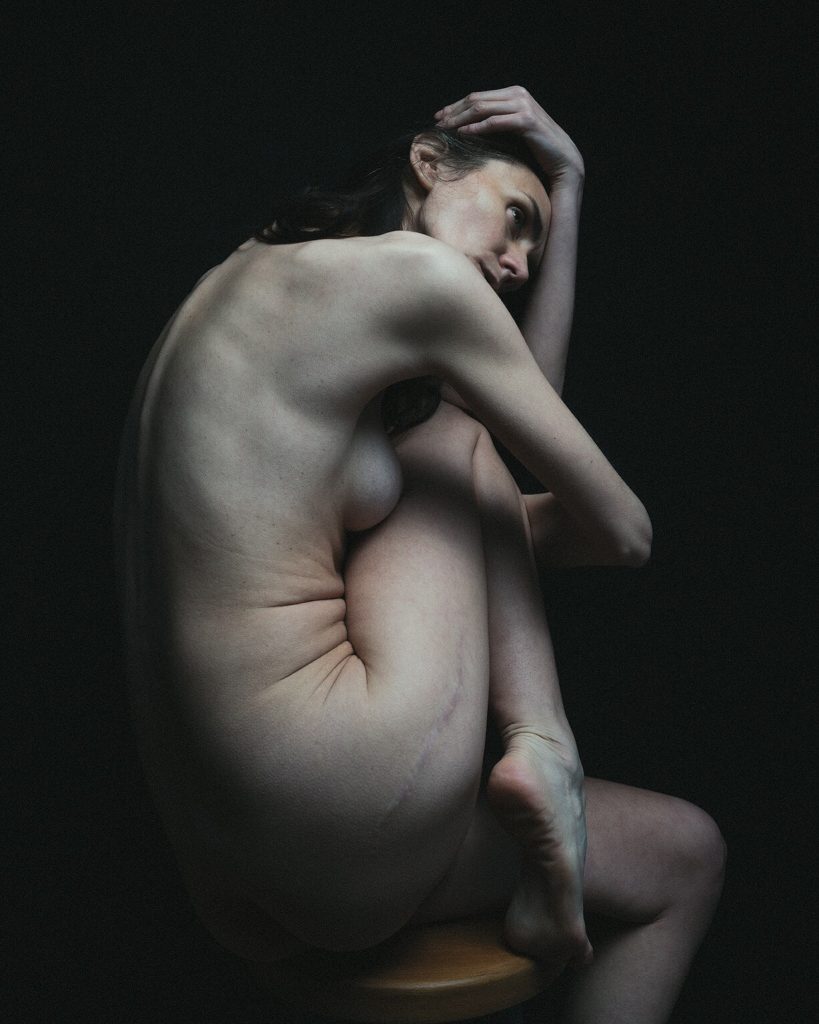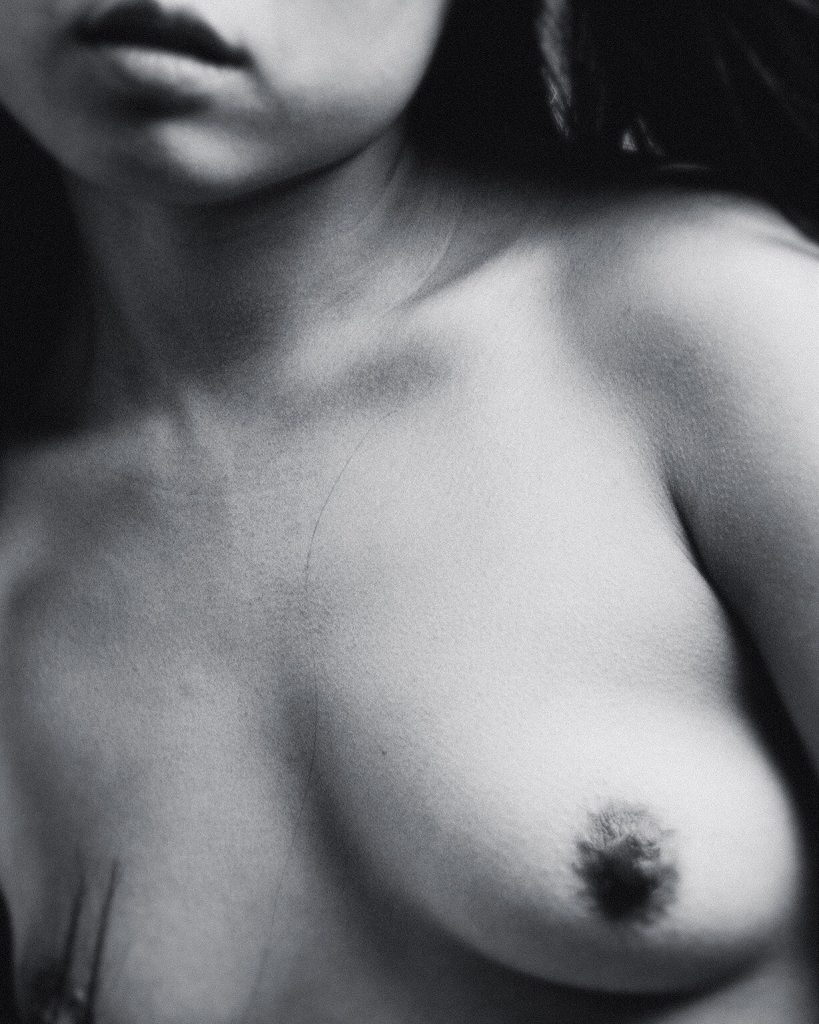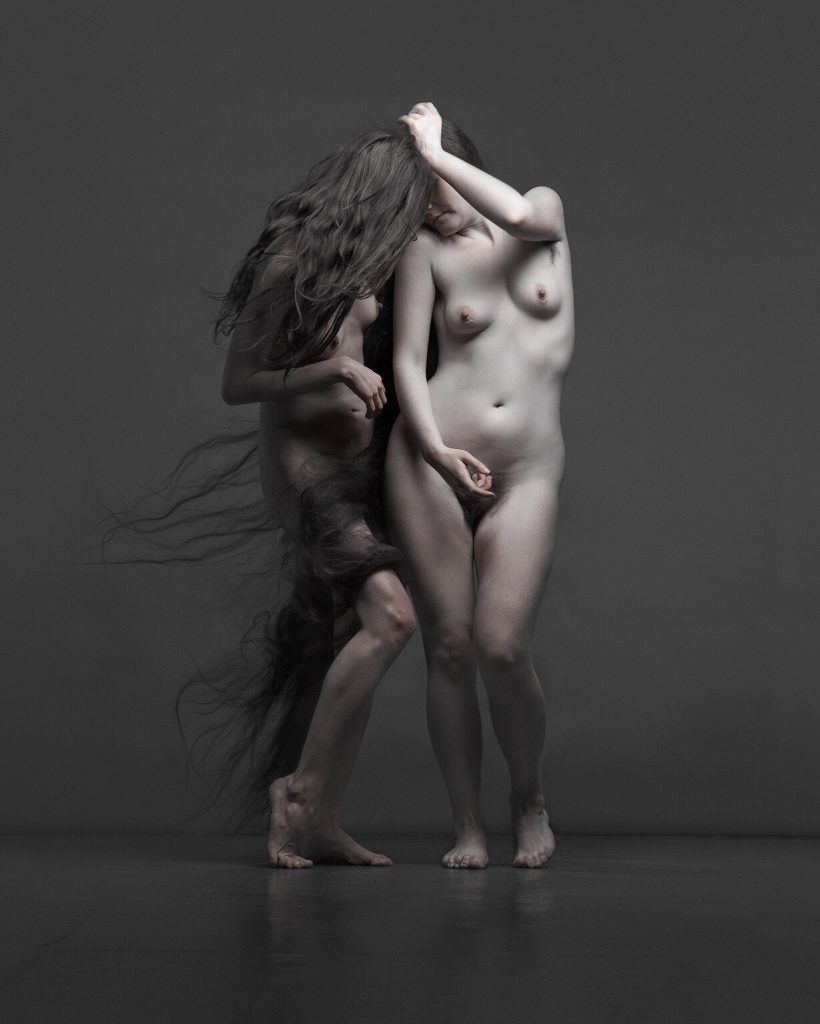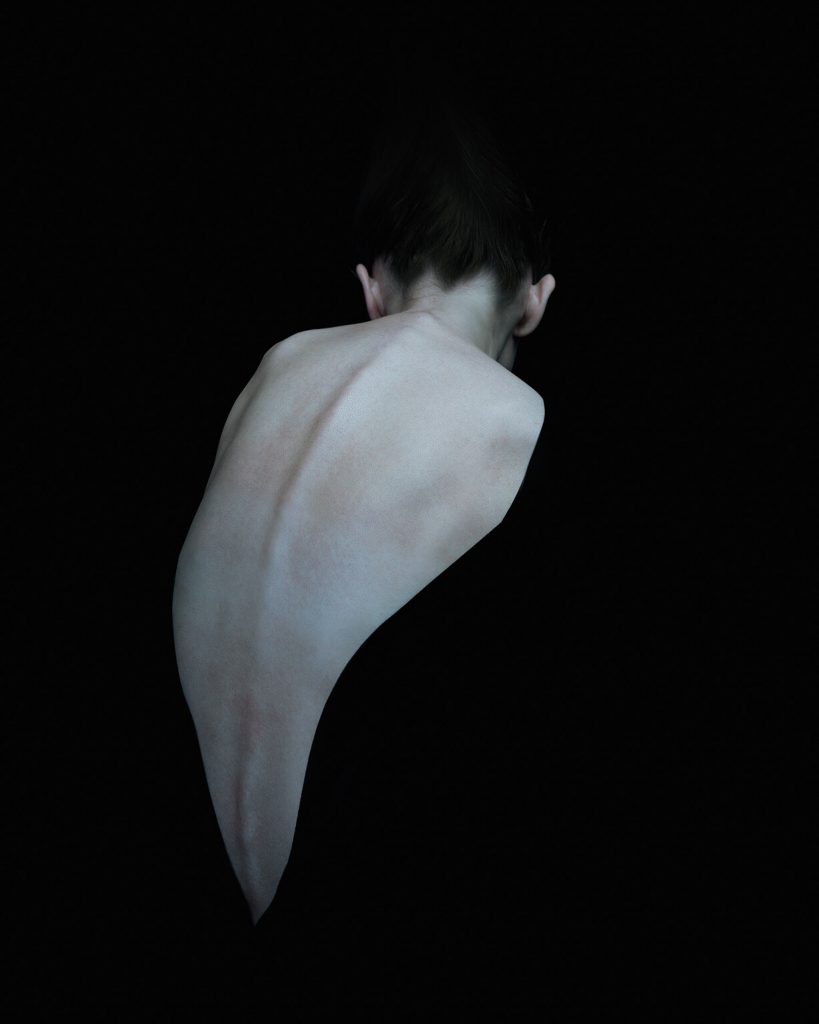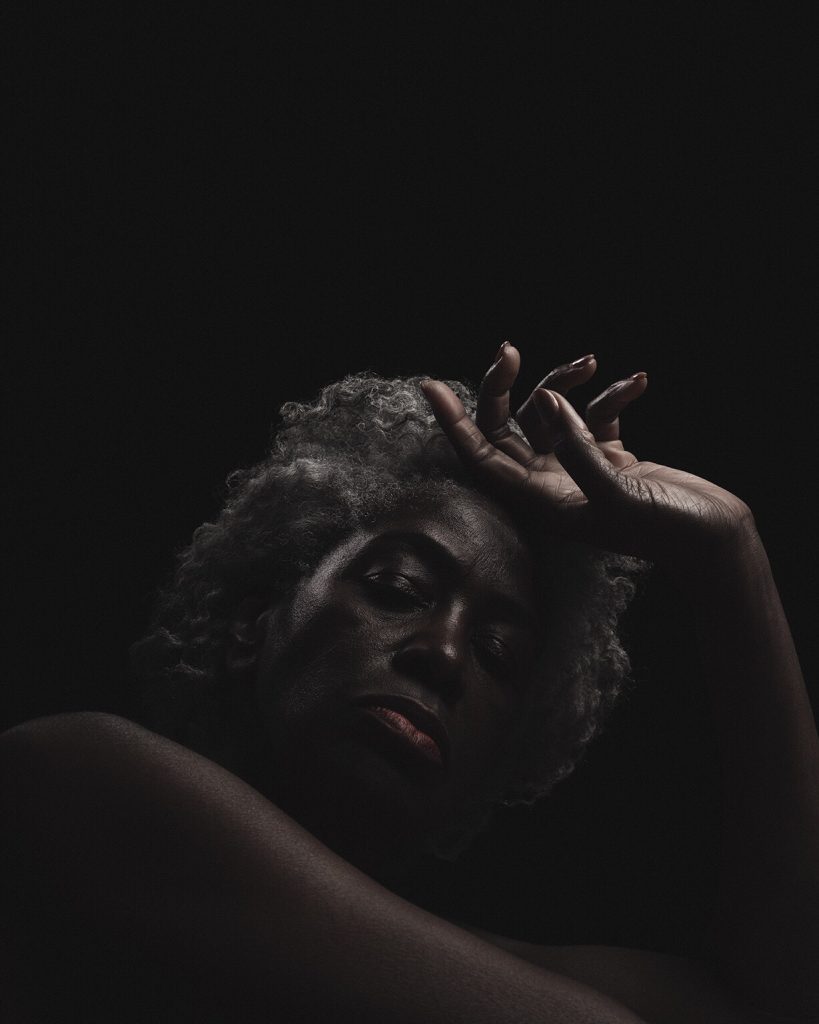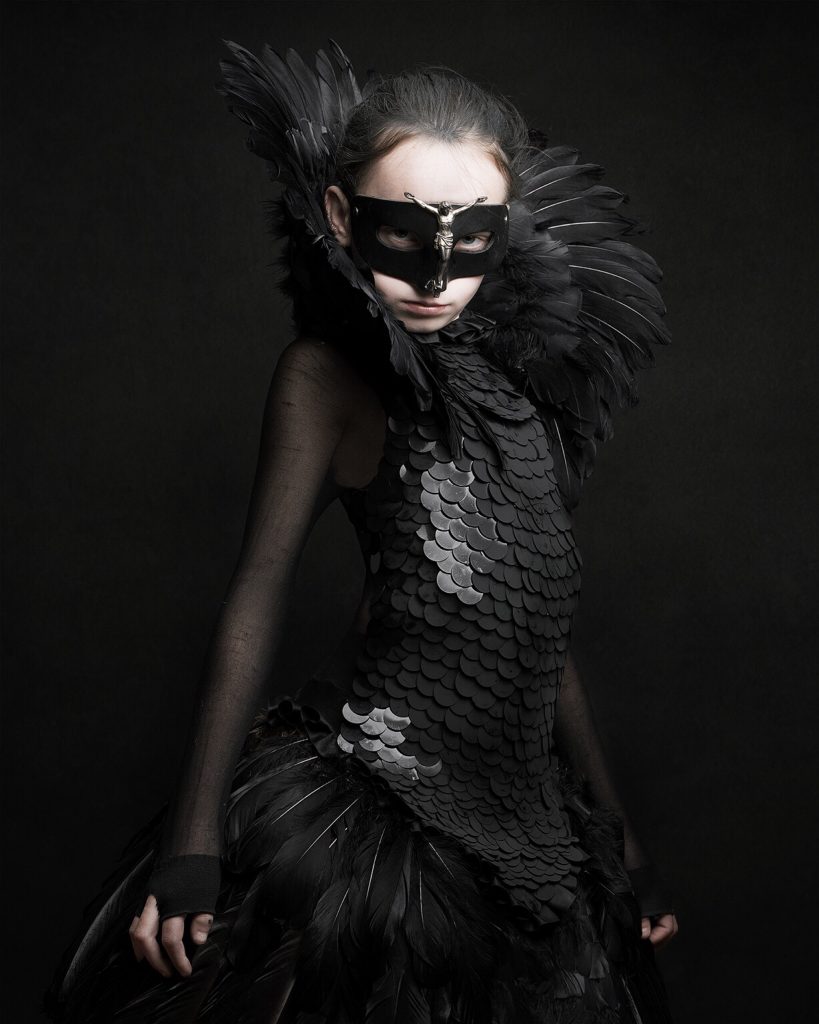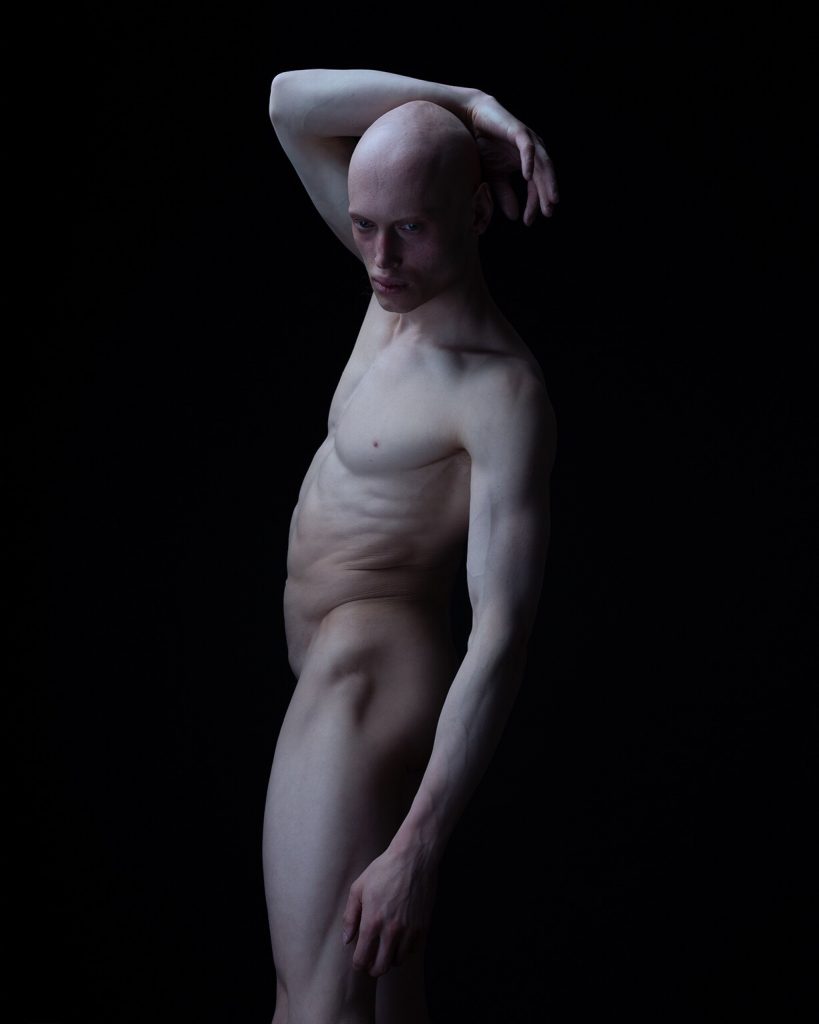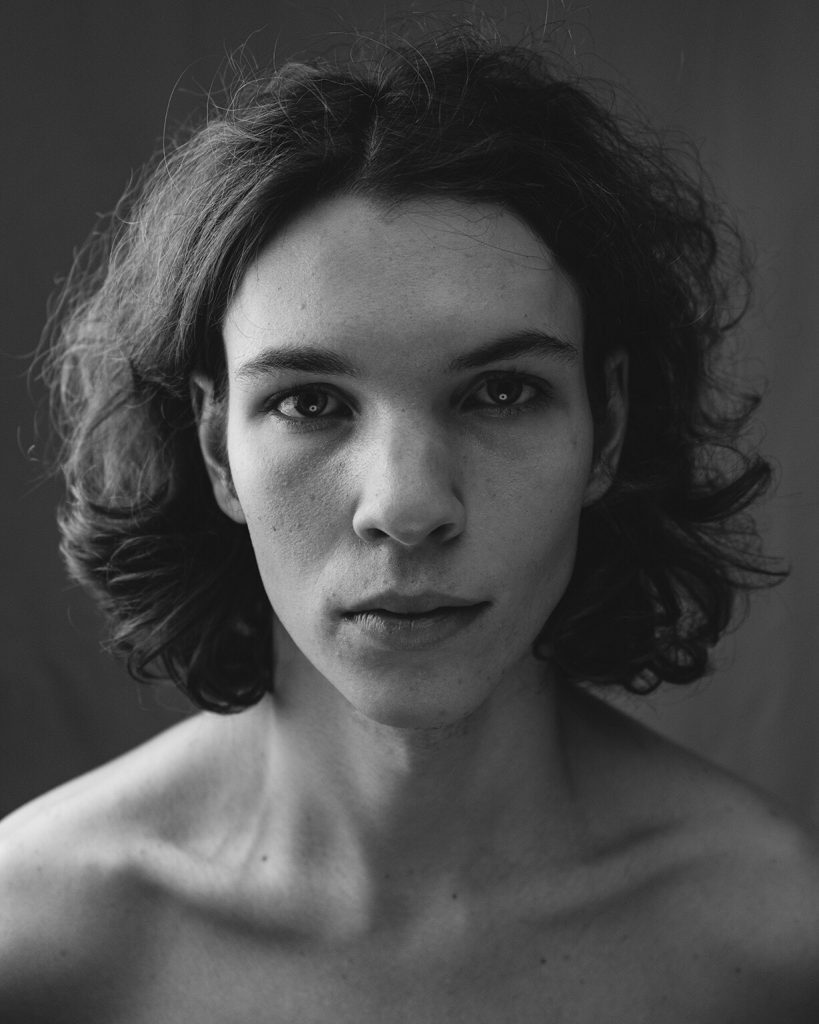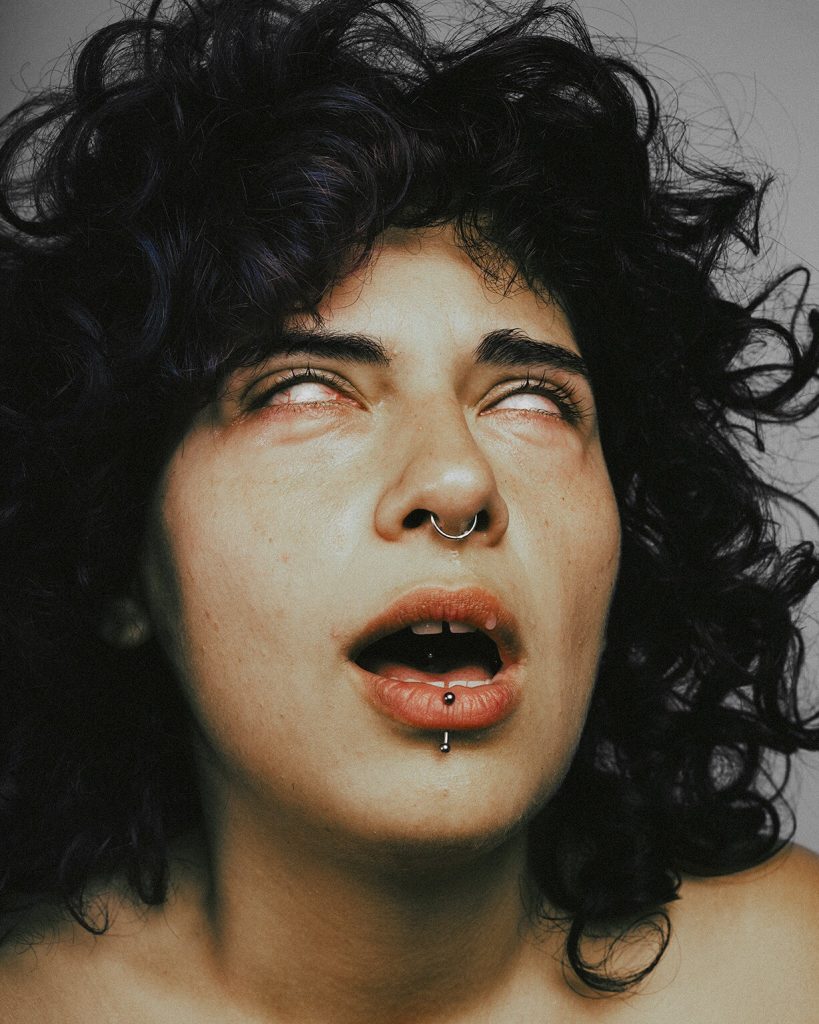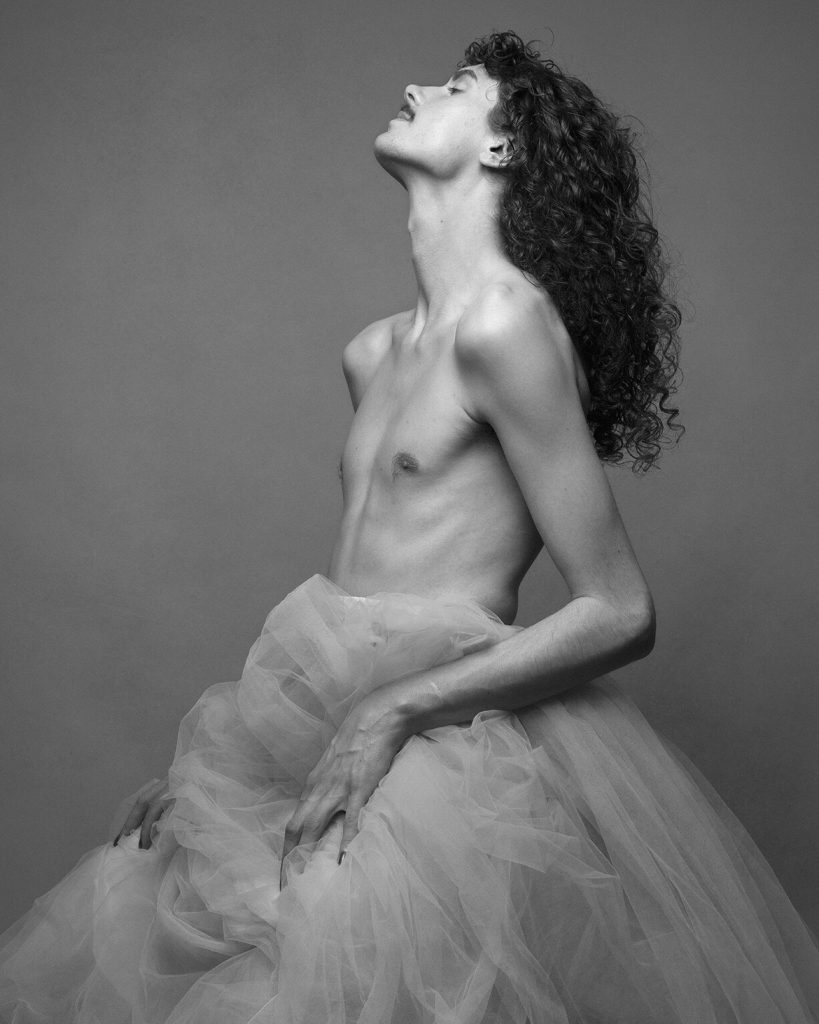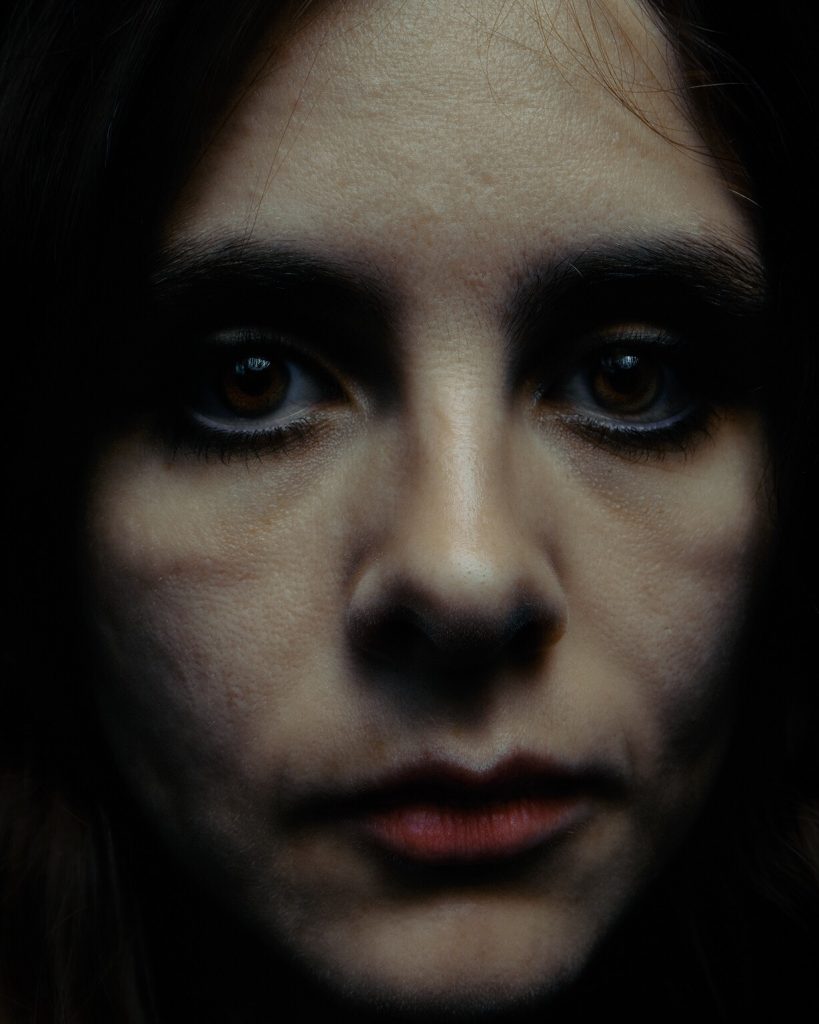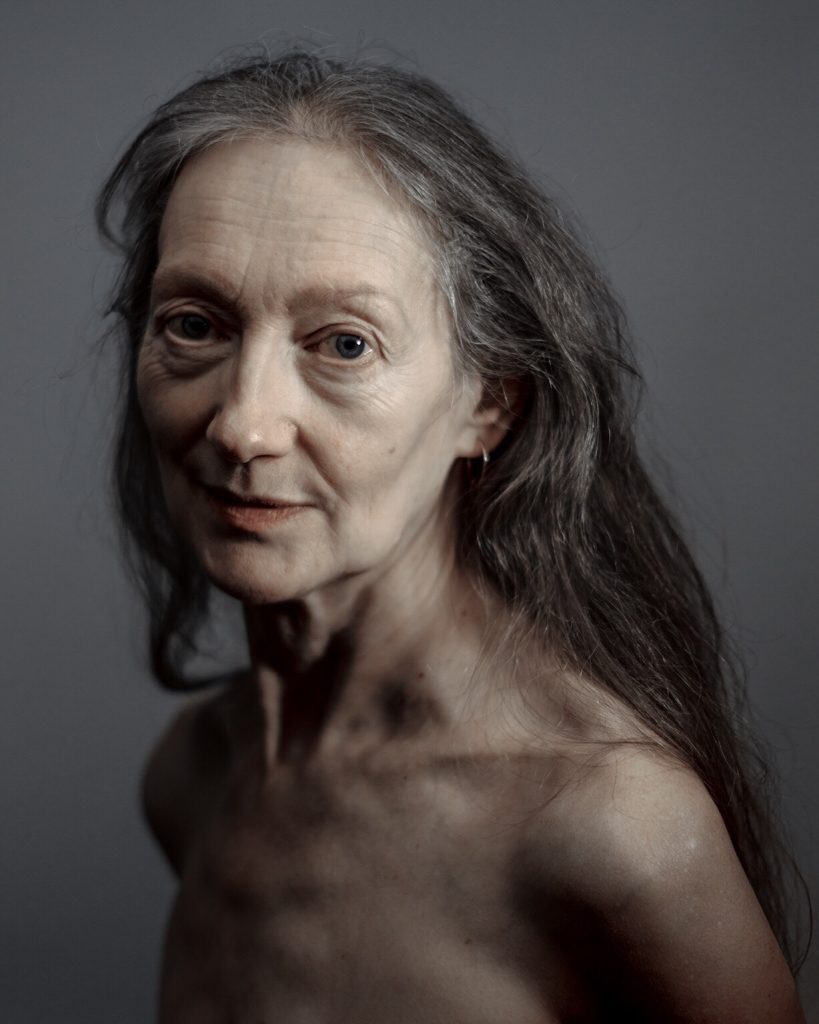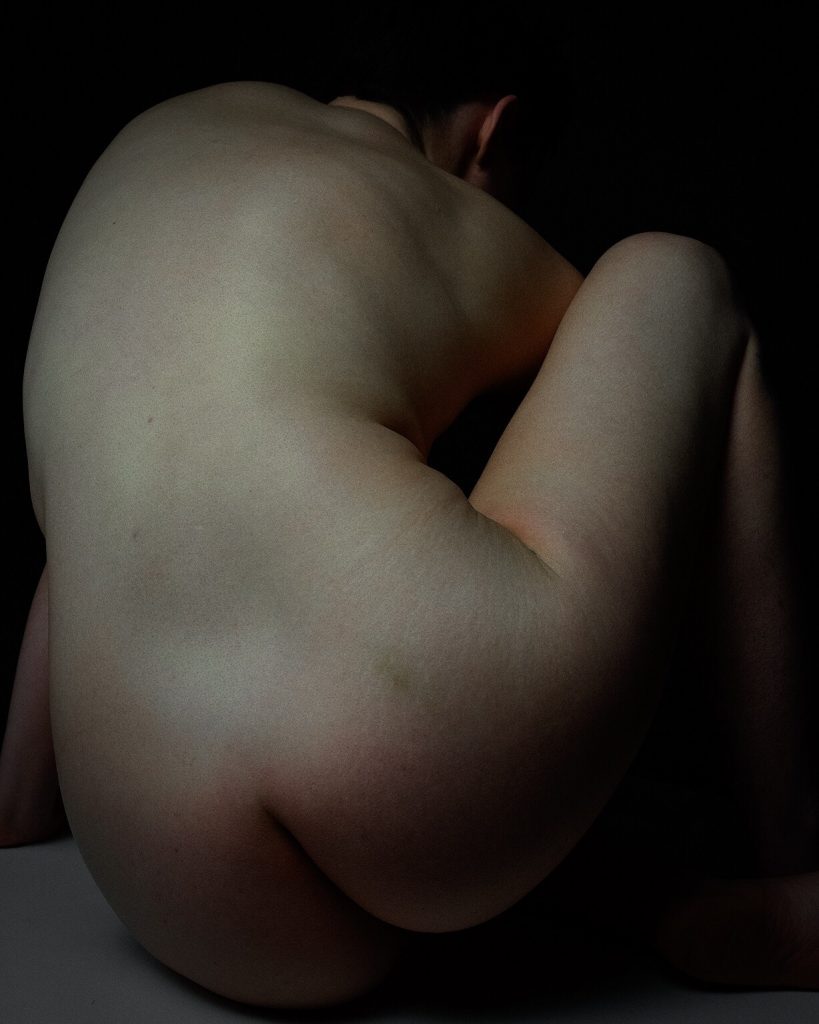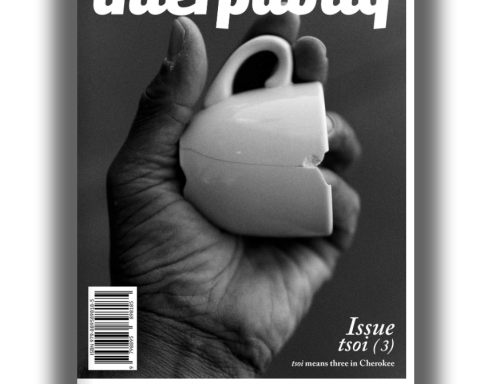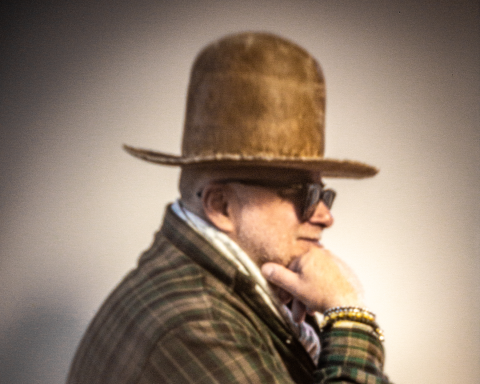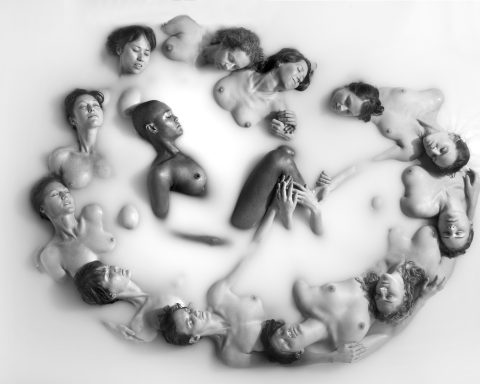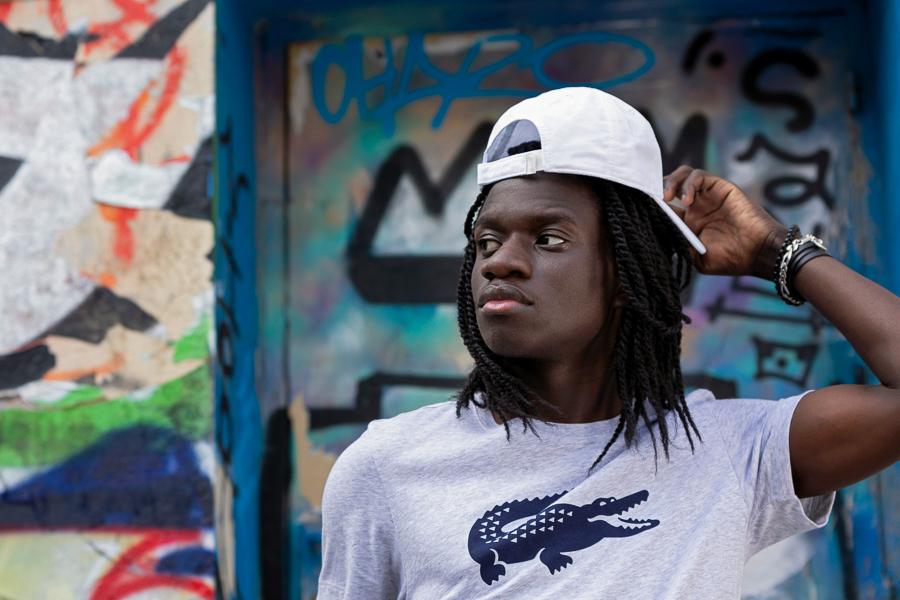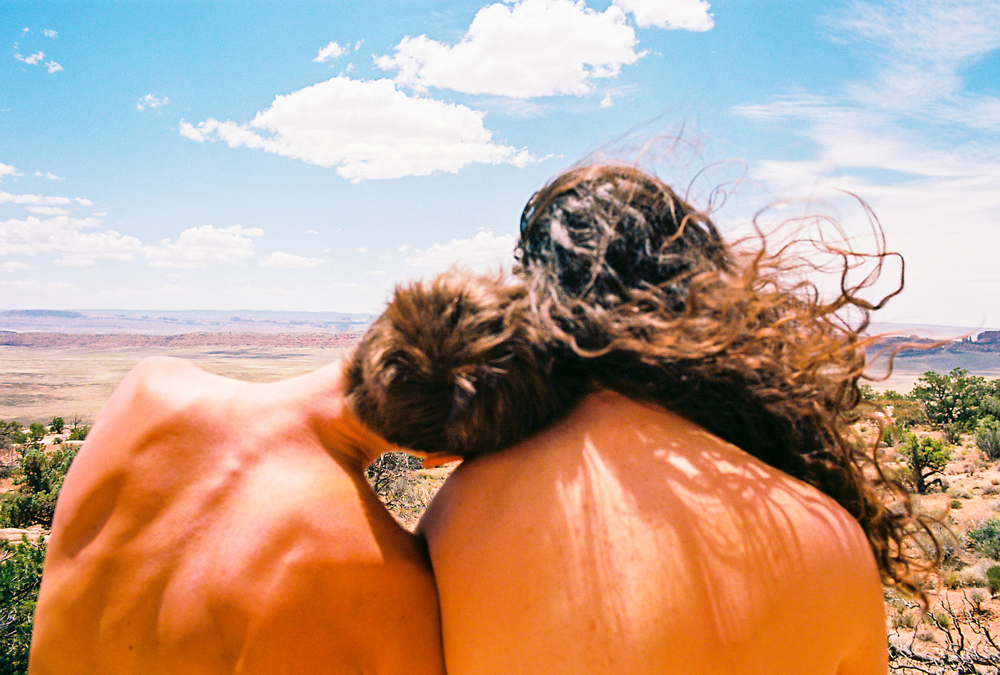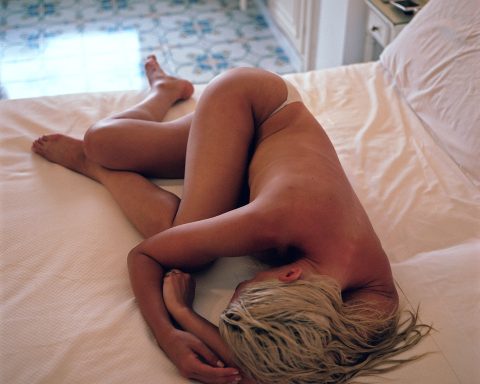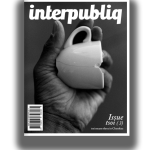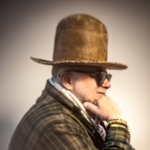Justyna Neryng is a Polish born ,self-taught photographic artist, with a background in fashion and painting. She works with analogue and digital medium format cameras with a particular interest in portraiture and the human body.
What inspired you to pursue self-portrait nude and portrait photography as
a career
Self portraiture is something I find increasingly fascinating. Obviously we are not
talking about the ubiquitous selfie, but rather a dialogue with myself via the medium
of photography. As I have grown older the way I look at myself has changed. I feel
braver, becoming increasingly more honest with the images I make.
This “brave honesty” is something I have come to, through my self portraits, but now
apply when making images of others. So many people come to me wanting to be
part of my work, and I think it is because they are drawn to this honesty.
I don’t make a lot of projects but the ones I have done are very much an outcome of
a self portrait. And it’s always handy to have a model on hand when you have a good
idea too.
Many of your portraits have a very intimate surreal and dreamy feel to
them. How do you build trust and rapport with your subjects in order to
capture such raw emotions? Beside yourself.
Lots of tea and laughter which doesn’t really show in the final images.I think it is my
model selection that really defines the work, as opposed to any specific look or style
of photography.
The images are very much a response to what happens in the studio and the
different dynamics between me and a sitter.
With those emotions, What are you trying to convey to your fan base ?
I believe that photographs should be timeless,something you can hang on your wall
and never get bored of looking at it. I hope my photographs do just that, I hope they
silence the viewer’s mind.
How do you balance artistic expression with the potential for criticism or
backlash in creating nude portraits?
I try not to consider criticism of my work. I make the work for myself and it already
goes through my own set of judgements to finally make it over the finish line of being
complete, or more often abandoned. Considering the opinions of others is a
dangerous path for any artist to walk. Everyone has the right to them but it shouldn’t
affect how an image is made. Afterall it is my voice and my name! People are free to
react how they choose as I am free to do the work in the first place. I am very
fortunate not to have encountered much negativity about my work which I think
reflects the personal sensitivity by which it is made.
How do you approach diversity and representation in your nude
photography, and what steps do you take to ensure that your work is inclusive
and sensitive to different backgrounds and identities?
I try to be as inclusive as possible in my work. I am fascinated by the body, and the
personalities that come with them, of all shapes, ages and sizes. If anything, I have
trouble finding people with diverse bodies or even more so people of colour. I really don’t want to make images of the standard tropes of beauty, size 8 women perkily
draped over plinths. I find the diversity of flesh so much more interesting, whether it
is carrying the marks of age, scars of trauma, reacting to the way dark skin reflects
light, freckles, body hair. It’s all perfectly natural and my studio door is always open
to bodies from all walks of life.
Let’s talk about your techniques. What kind of lighting do you typically use
for nude portraits and portraits, and how do you achieve that certain beautiful
flat effect?
My technique is always in development and depending on what I am doing.
I wouldn’t consider myself a technical expert, certainly not obsessed with lenses and
gear, instead I rely on my own vision and instincts.
I try to keep all the lighting and camera setups as simple as possible so I am not
distracted by them, and more importantly the model isn’t either.Most of the time I
shoot with one light and a reflector .
I use photoshop to achieve beautiful flat effect .
How do you incorporate elements of fantasy or surrealism into your nude
portraits?
I don’t really use elements of fantasy or surrealism in my nude work , I am
trying to take more of a “conceptual” approach when making nude work,by
finding a way to express myself and make the most of my creative freedom.
You often shoot with film, how has technology changed your approach to
photography over the years?
I don’t work with analogue as much as I used to. That’s because the technology has
improved so much , I am now able to shoot medium format digitally ,making the
majority of my work .I only work on film on special projects or assignments ,and
sometimes just to remind myself what photography really is about .
What camera do you use? Analog or digital.
When I shoot film I use Mamiya RB 67 otherwise I use Fujifilm GFX 50 S II.
Last, what’s your advice to other photographers that want to fineart
photography?
There are no boundaries on the direct path of doing what you love to do, and sooner
or later the world will see your talent.



